Planting Technology Lists
-
Operating rules for cultivation of Pleurotus eryngii
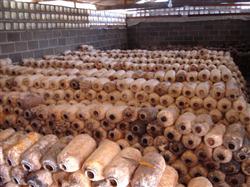
Pleurotus eryngii is a kind of large fleshy umbrella fungus growing in the subtropics, with thick meat, fine and strong stalk tissue, white and thick, and excellent taste. It is a kind of edible fungus that sells well in domestic and foreign markets. The cultivation techniques are briefly introduced as follows: first, culture material formula 1, cottonseed hull 80%, wheat bran 18%, gypsum 2%.
2018-09-11 -
Industrial cultivation techniques of Pleurotus eryngii
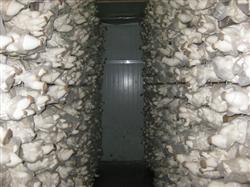
Pleurotus eryngii, also known as Pleurotus ostreatus, is a kind of high-quality large umbrella bacteria in the mountains, grasslands and deserts of southern Europe, northern Africa and Central Asia. The meat is thick, crisp and tender, and has almond flavor, so it is a high-grade edible fungus. The optimum temperature for Pleurotus eryngii was 23-25 ℃, and the temperature for primordium formation was 10-18 ℃.
2018-09-11 -
How to control black fungus pests?
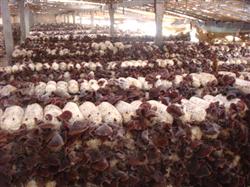
Black fungus green mold symptoms bag, seed bottle, log inoculation hole around and fruit body infected by green mold, the initial stage in the culture log or fruit body long white thin hyphae, a few days later, can form conidia, once a large number of conidia formed or mature, colonies become green, powdery...
2018-09-11 -
Auricularia auricula inoculation technique
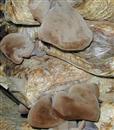
There are many raw materials suitable for bag cultivation of Auricularia auricula, such as sawdust, cottonseed hull, broken seed cotton, bagasse, mulberry branches, mulberry stalks, straw, soybean stalks, peanut vines and so on. Except for sawdust, cottonseed hull, broken seed cotton and bagasse, the other raw materials should be crushed before they can be used in production. The technological process of bag cultivation of Auricularia auricula and Flammulina velutipes bag.
2018-09-11 -
Seed Production Techniques of Auricularia auricula
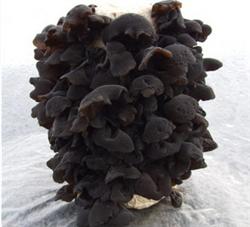
Black fungus hanging bag cultivation 2-3 tide ear, due to the bag nutrition, lack of water no longer out of the ear, generally discarded waste material. In practice, we adopt sand coating treatment, after many tests can still produce 3-4 ears, the specific methods are as follows: take off the bacteria bag, bacteria material placed in nutrient solution soaked for a day, let it absorb enough water (nutrition).
2018-09-11 -
Identification technique of Auricularia auricula strain

1, the mycelium is white, like fine wool, the hair is short and neat, dense, strong and powerful, extending side by side to the bottom of the bottle, growing evenly, consistent up and down, dug out into blocks, not loose. 2. After the mycelium grows full, brown water droplets are generally secreted on the surface of the bacteria. After that, light yellow appeared around the bottle wall and on the surface.
2018-09-11 -
High-yield cultivation techniques of Auricularia auricula
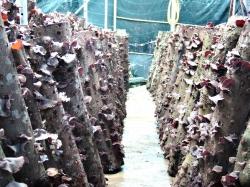
The sandy ground or flat grassland with warm climate, small temperature difference between day and night, moist air, sufficient sunshine, close to the water source and not affected by water damage, and the ear field with large cultivation should also take into account the traffic conditions. The land with low-lying terrain and poor drainage should not be used as an ear field. 1.2 after the establishment of the ear field, it is necessary to do a good job.
2018-09-11 -
What problems are often encountered in the cultivation of volvariella volvacea
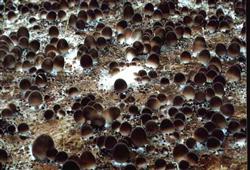
1. The emergence of group mushroom sowing amount is too large, uneven sowing, will lead to the emergence of group mushroom. Therefore, the sowing rate should be controlled at 0.2-0.3 kg / m2. The sowing method can be layered sowing, mixed sowing or sowing, preferably without hole sowing. 2. Strain aging if the use of aging bacteria, although the germination of hyphae.
2018-09-10 -
Chemical control of miscellaneous bacteria and pests of volvariella volvacea
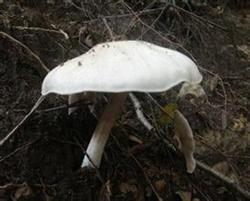
Prevention and control measures of miscellaneous bacteria: ① try to choose fresh culture materials, exposure for 2 days before use, or soak the raw materials in lime water. ② control the nitrogen content of culture materials, fermentation materials or fermentation cultivation, the addition of wheat bran or rice bran should not exceed 5%, livestock manure should be 3%. No matter what kind of material is used for cultivation, it is best to make secondary fermentation.
2018-09-10 -
A probe into the death of Straw Mushroom and Young Mushroom
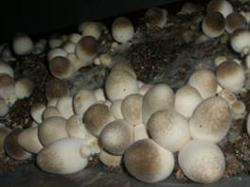
1. The first condition for early cultivation of volvariella volvacea is a mushroom house with certain heat preservation and moisturizing effect. At present, mushroom houses generally have three forms: vegetable tube shed construction, foam board construction and brick reconstruction. two。 Low-temperature varieties should be selected for early cultivation of volvariella volvacea: low-temperature varieties should be selected and the temperature of mushroom house should be controlled at 26 ℃.
2018-09-10
